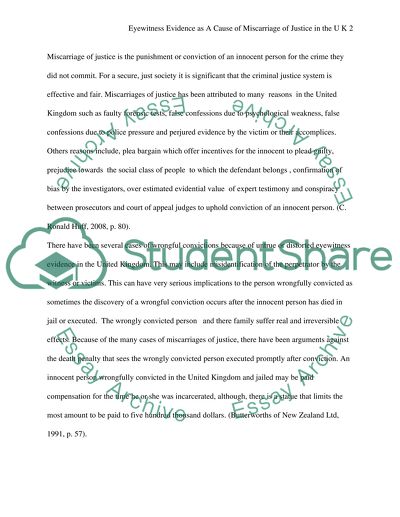Cite this document
(“Eyewitness Evidence as a Cause of Miscarriages of Justice in the UK Literature review”, n.d.)
Retrieved from https://studentshare.org/law/1438261-eyewitness-evidence-as-a-cause-of-miscarriages-of
Retrieved from https://studentshare.org/law/1438261-eyewitness-evidence-as-a-cause-of-miscarriages-of
(Eyewitness Evidence As a Cause of Miscarriages of Justice in the UK Literature Review)
https://studentshare.org/law/1438261-eyewitness-evidence-as-a-cause-of-miscarriages-of.
https://studentshare.org/law/1438261-eyewitness-evidence-as-a-cause-of-miscarriages-of.
“Eyewitness Evidence As a Cause of Miscarriages of Justice in the UK Literature Review”, n.d. https://studentshare.org/law/1438261-eyewitness-evidence-as-a-cause-of-miscarriages-of.


